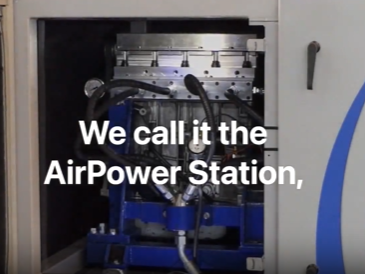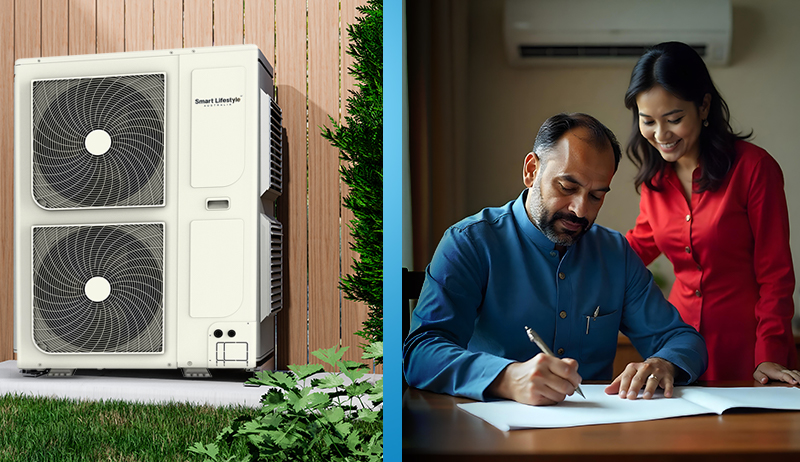Waste to Energy Landscape in Europe: Balancing Sustainability and Efficiency
Across Europe, the landscape of waste management is undergoing a significant transformation. As the continent strives towards ambitious climate goals and circular economy principles, waste-to-energy (WtE) technologies are emerging as a potential solution for managing unavoidable waste streams.
However, the future of WtE in Europe remains a complex and multifaceted issue, with both ardent supporters and vocal critics.
Current State of WtE in Europe:
- Widespread Adoption: Over 500 WtE plants operate across Europe, processing more than 96 million tonnes of waste annually. This represents a significant portion of the continent’s total waste generation.
- Technological Advancements: Modern WtE facilities employ sophisticated technologies to minimize emissions and maximize energy recovery. These advancements include flue gas cleaning systems, air pollution control measures, and efficient energy conversion processes.
- Divergent Views: While some view WtE as a valuable tool for waste management and energy production, others raise concerns about its environmental impact and potential for hindering the transition towards a circular economy.
Key Arguments for WtE:
- Resource Recovery: WtE converts non-recyclable waste into electricity and heat, reducing reliance on fossil fuels and generating renewable energy.
- Waste Reduction: WtE offers a viable alternative to landfilling, which can take up valuable space and leach harmful pollutants into the environment.
- Economic Benefits: WtE facilities create jobs, contribute to local economies, and provide a secure outlet for waste disposal.
Waste-to-Energy (WtE) has become a significant player in Europe’s waste management landscape, generating electricity and heat from non-recyclable waste. Here’s a snapshot of the current state of WtE in Europe through key statistics and a table:
Overall:
- Number of WtE plants: Over 500
- Waste processed annually: 96 million tonnes
- Electricity generated: Approximately 27 million MWh (enough to power over 7 million homes)
- Heat generated: Approximately 86 million GWh (enough to heat over 20 million homes)
Distribution:
- Top WtE countries: Germany, France, Italy, United Kingdom, Spain
- Regional variations: Northern Europe generally relies less on WtE compared to Southern and Eastern Europe
Performance:
- Average energy recovery rate: 22% (ranging from 15% to 30% depending on plant and waste composition)
- Emissions: Modern WtE plants have significantly reduced emissions compared to older facilities, but concerns remain about air pollution
- Jobs: WtE facilities create jobs in waste management, construction, and energy sectors
Table: Key Statistics of WtE in Europe
| Statistic | Data |
|---|---|
| Number of WtE plants | 500+ |
| Waste processed annually | 96 million tonnes |
| Electricity generated | 27 million MWh |
| Heat generated | 86 million GWh |
| Top WtE countries | Germany, France, Italy, UK, Spain |
| Average energy recovery rate | 22% |
Additional Notes:
- These statistics are based on data from various sources, including CEWEP (Confederation of European Waste-to-Energy Plants) and Eurostat.
- The data may vary depending on the specific definition of WtE and the methodology used for calculation.
- The environmental impact of WtE is a complex issue with ongoing debate. While WtE offers benefits like reducing landfill waste and generating energy, concerns remain about air pollution and potential negative impacts on public health.
Concerns and Challenges:
- Air Pollution: While emissions from modern WtE plants are significantly lower than older facilities, critics argue that any air pollution, even at reduced levels, poses health risks.
- Circular Economy Concerns: Some argue that WtE can discourage efforts to reduce waste generation and prioritize recycling and reuse, hindering the transition towards a circular economy.
- Social Equity: Concerns exist about the potential negative impacts of WtE facilities on local communities, particularly regarding air quality and potential environmental justice issues.
The Road Ahead
The future of WtE in Europe will depend on finding a balance between its potential benefits and the concerns surrounding its environmental and social impacts. This will require:
- Continued Investment in Technology: Ongoing research and development efforts should focus on further reducing emissions, improving energy efficiency, and exploring innovative WtE technologies.
- Policy Frameworks: Policymakers must develop regulations that ensure WtE facilities operate to the highest environmental standards and prioritize waste prevention and recycling initiatives.
- Public Engagement: Open and transparent communication with stakeholders is crucial to address concerns and build public trust in WtE as a responsible waste management solution.
In conclusion, the waste-to-energy landscape in Europe is at a crossroads. While WtE offers valuable benefits for waste management and energy production, addressing environmental concerns and promoting a circular economy remain paramount. Through continued technological advancements, robust policy frameworks, and open dialogue, Europe can harness the potential of WtE while ensuring a sustainable and equitable future for waste management.
https://www.exaputra.com/2024/01/waste-to-energy-lansdcape-in-europe.html
Renewable Energy
Before Trump, “Contempt of Court” Used to Be a Big Deal
 Most Americans, me included, are puzzled as to how the Trump administration can openly thumb its nose to the findings of our courts. Until recently, behavior like this would have wound you up in jail.
Most Americans, me included, are puzzled as to how the Trump administration can openly thumb its nose to the findings of our courts. Until recently, behavior like this would have wound you up in jail.
Renewable Energy
How Households Saved $1,200 with VEU & Air-Con Upgrade?
Renewable Energy
Air Power
 About 20 years ago, a friend asked me if I was aware that cars could run on air. I asked, delicately, what she meant, and she explained that cars can run on compressed air.
About 20 years ago, a friend asked me if I was aware that cars could run on air. I asked, delicately, what she meant, and she explained that cars can run on compressed air.
“Ah,” I replied. “Of course they can. But where does the energy come from that compresses the air?” End of conversation.
Now, it’s back. Now there are enormous swaths of the population who know so little about middle school science that they believe we can put cars on the road, in an ocean of air, and extract energy out of that air to power our automobiles.
If you’re among these morons and want to invest with some heavy-duty fraud/charlatans, here’s your opportunity. They say that it’s “self-sustaining and needs no fuel.” If that makes sense to you, be my guest.
-
Climate Change4 months ago
Guest post: Why China is still building new coal – and when it might stop
-
Greenhouse Gases4 months ago
Guest post: Why China is still building new coal – and when it might stop
-
Climate Change2 years ago
Spanish-language misinformation on renewable energy spreads online, report shows
-

 Greenhouse Gases2 years ago
Greenhouse Gases2 years ago嘉宾来稿:满足中国增长的用电需求 光伏加储能“比新建煤电更实惠”
-
Climate Change Videos2 years ago
The toxic gas flares fuelling Nigeria’s climate change – BBC News
-

 Climate Change2 years ago
Climate Change2 years ago嘉宾来稿:满足中国增长的用电需求 光伏加储能“比新建煤电更实惠”
-

 Carbon Footprint2 years ago
Carbon Footprint2 years agoUS SEC’s Climate Disclosure Rules Spur Renewed Interest in Carbon Credits
-
Renewable Energy5 months ago
US Grid Strain, Possible Allete Sale














